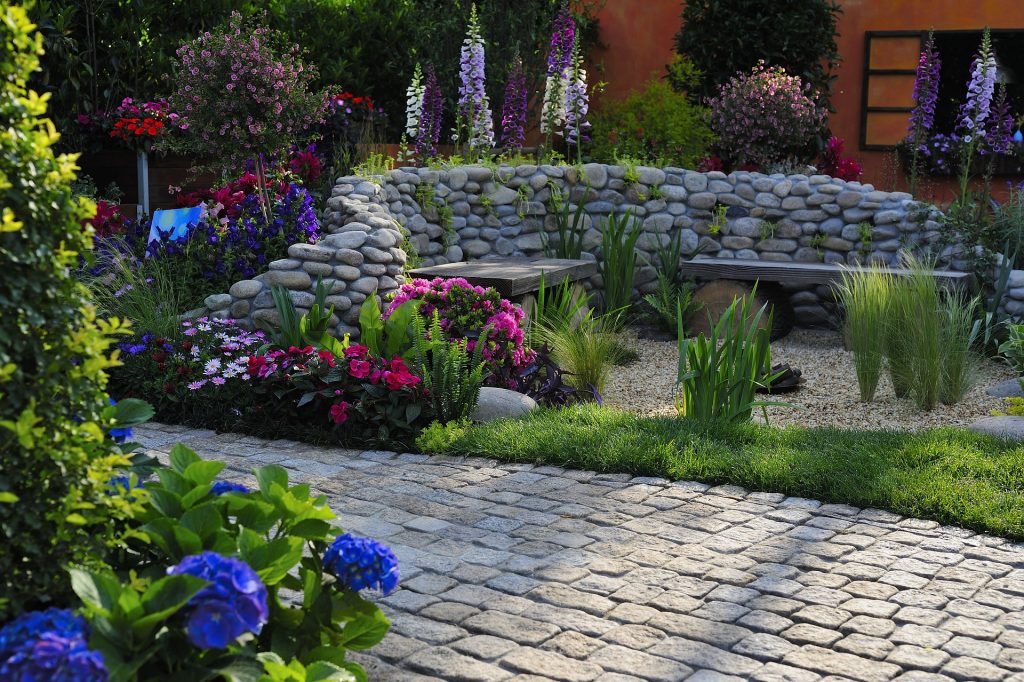Nothing says peaceful backyard retreat quite like the soothing sound of running water. Whether it’s a gentle trickle over smooth stones or the soft splash of a hidden waterfall, naturalistic water features bring a whole new level of serenity and beauty to your outdoor space. The best part is these features don’t have to look like they were plopped in from a catalog. We specialize in designing water elements that look like they’ve always belonged, because that’s where something special really happens.
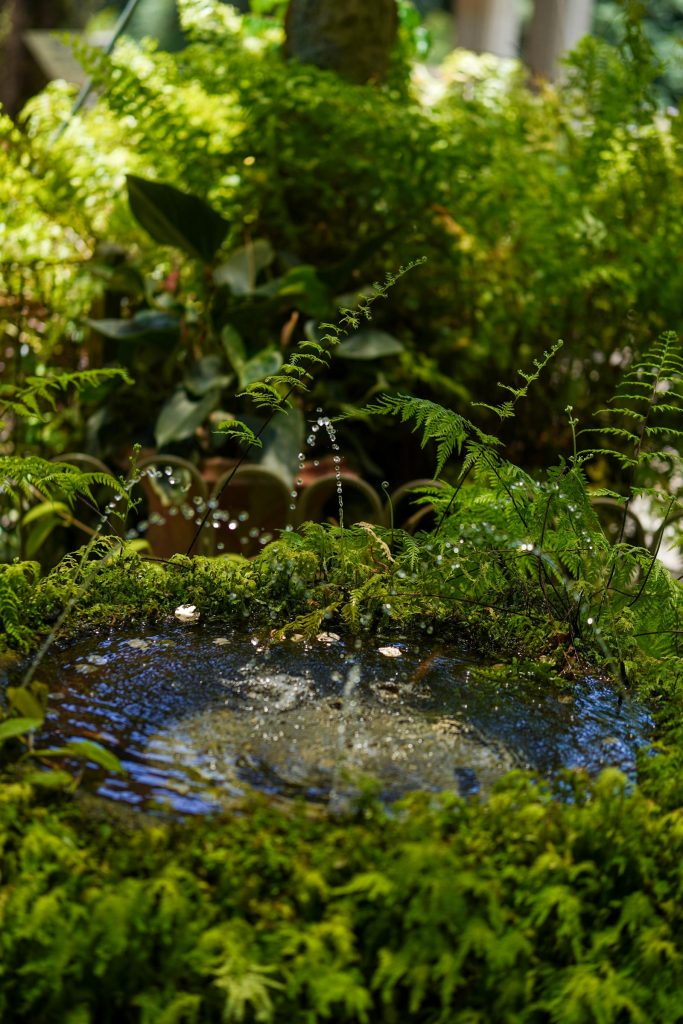 Why Choose A Naturalistic Water Feature?
Why Choose A Naturalistic Water Feature?
In Jasper, GA, and across the North Georgia foothills, we’re surrounded by gorgeous natural landscapes, and that’s exactly what inspires our work. A naturalistic water feature blends into its environment rather than standing apart. You can think of mossy stones, native plants, and pathways that look like they were carved out by time and water. These spaces invite birds, butterflies, and yes, a whole lot of peace and relaxation.
Custom Water Features That Fit Your Yard (& Your Style)
No two landscapes are the same, and we like it that way. Whether you’re working with a shady woodland corner or a sunny open lawn, we’ll help you design a custom water feature that fits perfectly. Bubbling boulders, stream beds, koi ponds, you name it. If it flows, glimmers, or gurgles, we’re all in.
If you’re not sure where to start, check out our services to see how we take ideas and turn them into peaceful, personalized outdoor spaces.
Let Nature (& Whispering Springs) Do What We Do Best
Water has a way of softening the hard edges of the world, and let’s be honest, we could all use more of that. Whether you’re dreaming of an elegant focal point or a tucked-away oasis, a naturalistic water feature brings lasting tranquility to your landscape.
Ready to bring a little calm to your corner of Jasper, GA? Let’s chat!
Follow us on Facebook to see recent projects, behind-the-scenes builds, and a little daily inspiration from the Whispering Springs crew.
Let’s make your yard your happy place, complete with the soothing soundtrack of water.



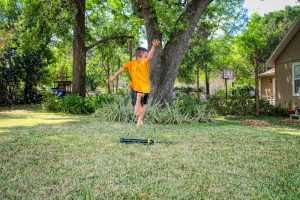 Keep Mowing (But Adjust Your Height)
Keep Mowing (But Adjust Your Height) Fall is a great time to tidy up your lawn edges and garden borders. Define the edges of your lawn, remove any debris, and clear out garden beds. This creates a neat, polished look and sets your yard up for success come spring.
Fall is a great time to tidy up your lawn edges and garden borders. Define the edges of your lawn, remove any debris, and clear out garden beds. This creates a neat, polished look and sets your yard up for success come spring.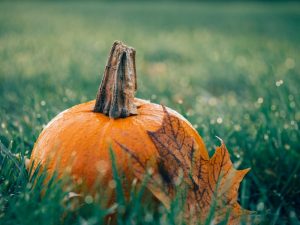 Here’s a guide to the best bulbs, trees, and shrubs to plant now for a thriving garden next year:
Here’s a guide to the best bulbs, trees, and shrubs to plant now for a thriving garden next year: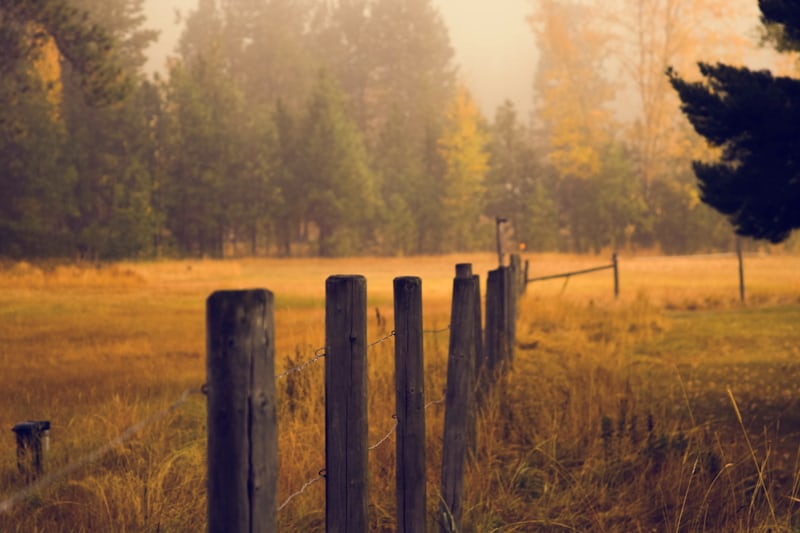
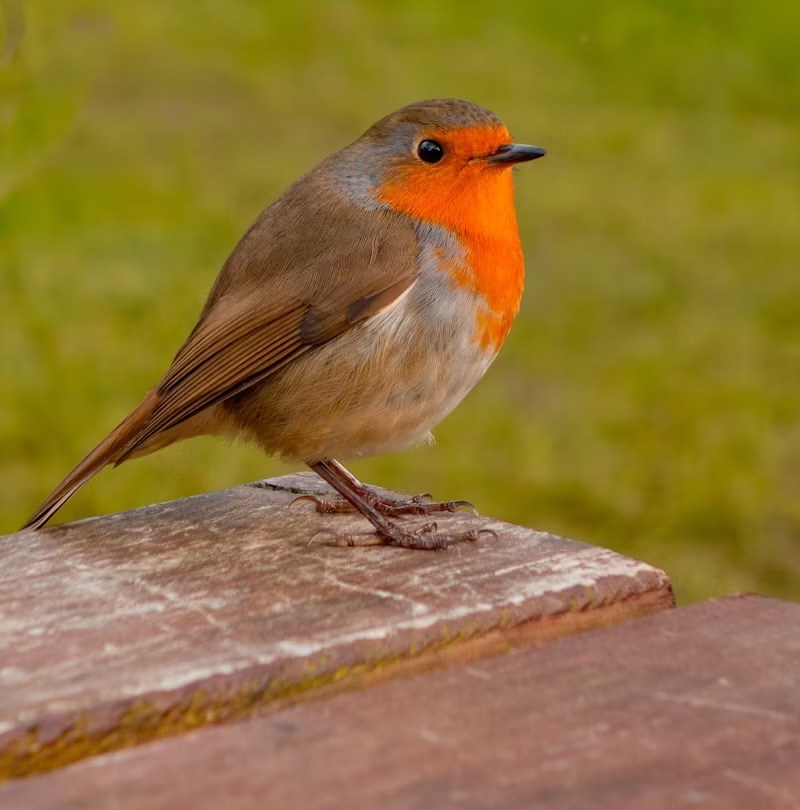
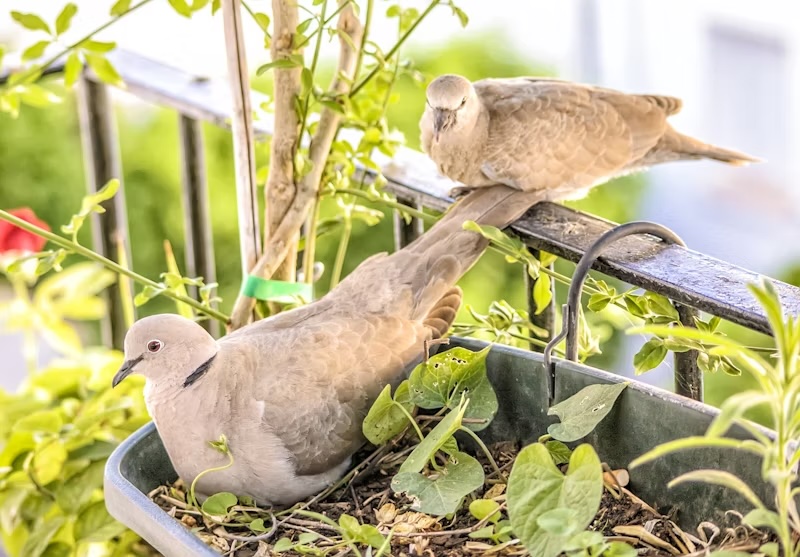

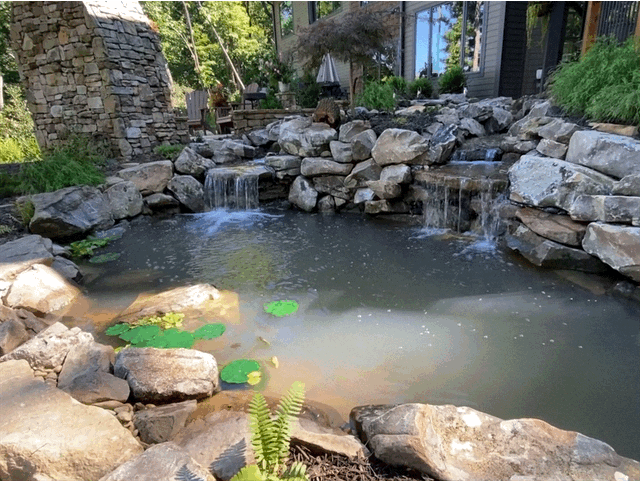
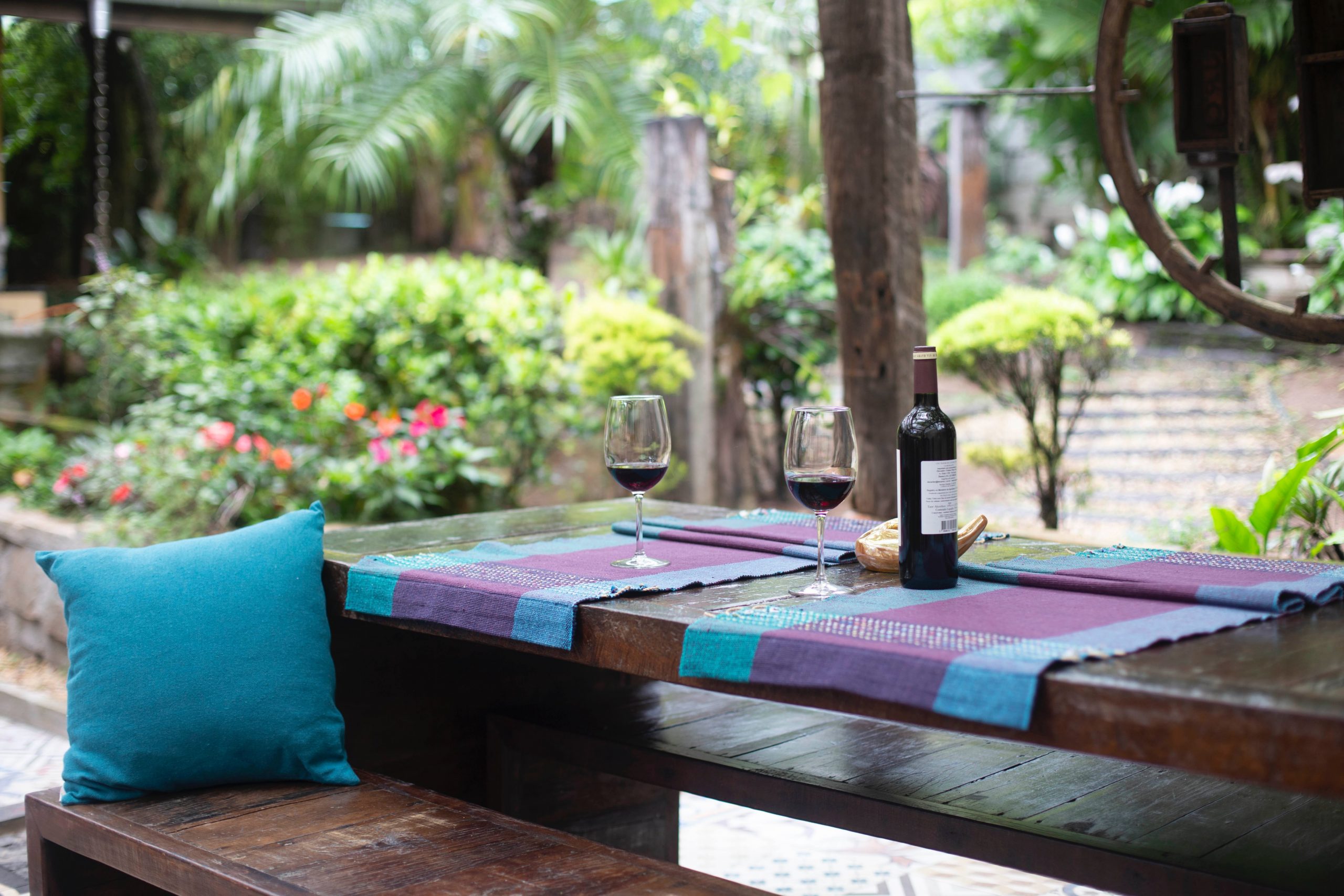 While midsummer temperatures in Georgia can be brutal, by the time late summer and fall roll around, the climate is perfect for outdoor relaxation. But is your yard living up to its potential as an extension of your home? Whether you want an outdoor space to lounge, entertain, cook, play, or some combination of those activities, we can help you bring your perfect yard to life with our
While midsummer temperatures in Georgia can be brutal, by the time late summer and fall roll around, the climate is perfect for outdoor relaxation. But is your yard living up to its potential as an extension of your home? Whether you want an outdoor space to lounge, entertain, cook, play, or some combination of those activities, we can help you bring your perfect yard to life with our 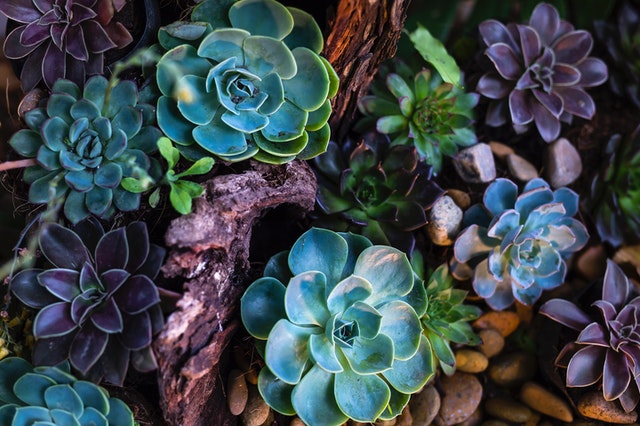 Succulents have been a big trend in the design world for several years now, and they don’t seem to be going anywhere any time soon. In addition to their stellar visual appeal, they also have a reputation for being hard to kill, and
Succulents have been a big trend in the design world for several years now, and they don’t seem to be going anywhere any time soon. In addition to their stellar visual appeal, they also have a reputation for being hard to kill, and 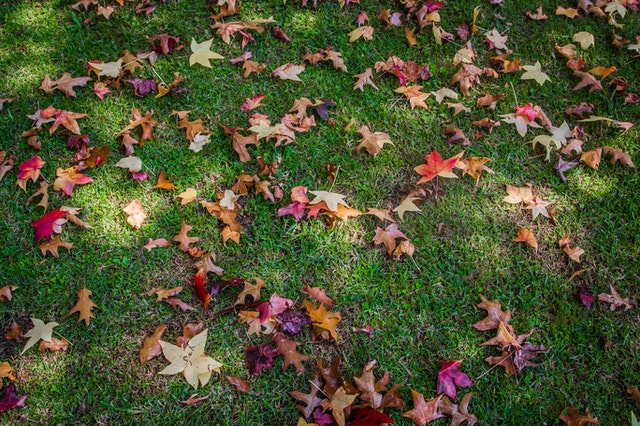 When it comes to
When it comes to 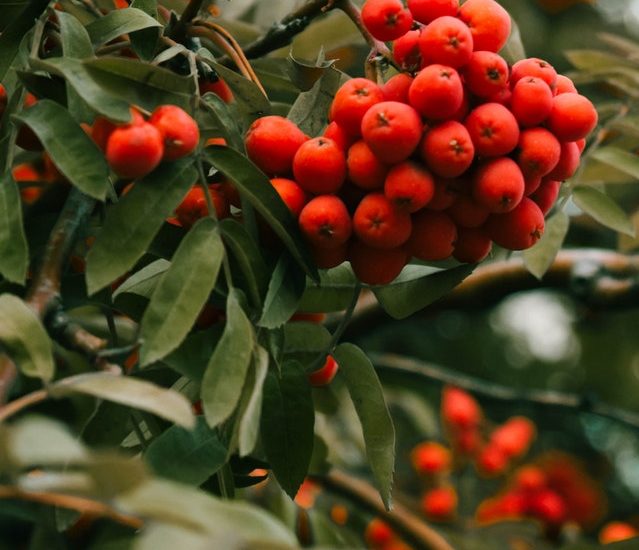 When deciding on the best plantings for a yard, it’s important to strike a balance between form and function—which plants will give you the look you want, and which plants best fit the environment as far as water and light needs, growth patterns, etc. There’s no such thing as the “perfect” landscaping… Just the perfect landscaping
When deciding on the best plantings for a yard, it’s important to strike a balance between form and function—which plants will give you the look you want, and which plants best fit the environment as far as water and light needs, growth patterns, etc. There’s no such thing as the “perfect” landscaping… Just the perfect landscaping 